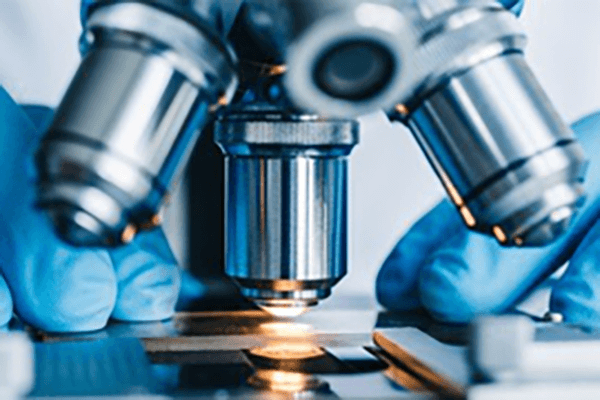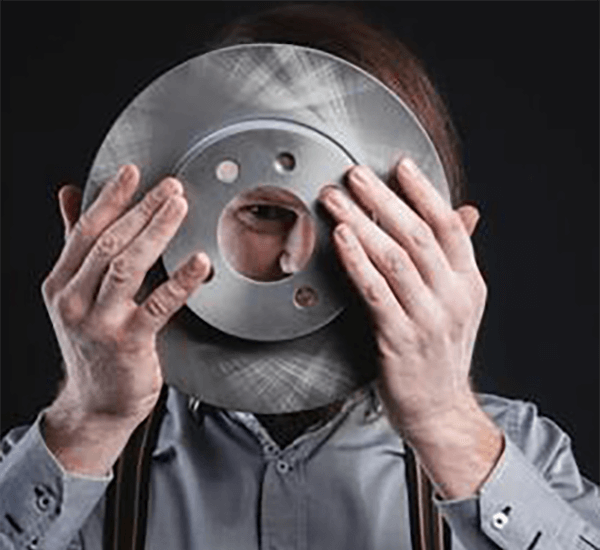
Producing the required exterior polish for a processed workpiece proves indispensable.
- Surface finish callouts in engineering drawings provide the exact specifications for the finish of a part
- Many specifications reference Ra, an average roughness metric, for surface measurement
- Grasping callout meaning is essential to make parts conform to design intent
- Prescribed surface characteristics govern lubrication, abrasion, and longevity
- Proper decoding of specifications is critical to deliver the expected finish
Precision Engineering Through CNC Machining

CNC machining represents a game-changing method in production via numerical control software the system carves sophisticated geometries with precision.
- The technology facilitates production of complex parts across many materials
- CNC adaptability suits industries including aerospace and automotive sectors
- Machine-controlled machining secures stable repeatability for production lots
From initial prototype stages to mass-manufacture CNC machining supports modern production workflows
CNC Specification Guidance
Grasping machine spec language may feel tough at first
However with a bit of knowledge and a systematic approach you can easily navigate these technical details
Kick off by isolating primary specs such as rpm, feed, tolerance, workspace, controller
Each of these specifications contributes to the machine's overall performance.
In practice greater spindle speed often suits ductile substrates whereas higher feed supports productivity.
Comprehending those interactions assists in picking the proper CNC for tasks
It’s wise to study manufacturer documentation comprehensively.
Maker resources usually present informative direction and demystify jargon
What You Should Know About CNC Machines
Programmed machining equipment comprises computer-managed tools for exact automated fabrication of diverse materials They interpret CNC code instructions to command cutting tools and motion.
- Frequent CNC varieties include mills, lathes, routers, plasma cutting machines
- Processes are adaptable to metals, polymers, timber, and composite materials
- Plus CNC technology provides rapid prototype cycles and limited manufacturing for small firms and research units
CNC Basics and Explanations
They exemplify the union of precise mechanics and modern control software Adaptive tools rely on coded programs to manufacture from simple elements to detailed structures Essential concept transposes digital designs into manufactured reality.
- Programmed machining process
- Software-guided fabrication
It requires coordinated toolpath steps instructed by G-code Production personnel configure feeds and speeds, monitor cycles, and guarantee output quality.
Significance of Surface Finish in CNC
Delivering planned surface condition during machining is necessary It impacts both functional performance and surface look Workpiece material, tool settings, and secondary finishing processes determine texture.
Superior polishing extends service life; rougher finishes may limit capability Automated machining presents a spectrum of techniques and tools to accomplish desired finishes.
- By using distinct cutter geometries |coated inserts|cutting velocit
 y selections to shape surface
y selections to shape surface - Alternatively post-processing methods like polishing grinding sanding can be employed to improve the surface finish
Comprehending the connections between machining choices and texture secures better results.
CNC Fundamentals: Operations and Uses
Computerized machining precisely produces parts from metals, plastics, and other materials They execute coded toolpaths to create intricate parts repeatedly Basic knowledge of machine operation, G-code, and tooling selection plays a vital role in success
CNC applications stretch across aerospace, automotive, medical device, and electronics industries From precision engine parts to detailed injection molds, CNC delivers complex products
Notation for Surface Finish on Machined Parts
Clear finish definition is critical for CNC machined components It ensures part compliance with operational and appearance standards Manufacturers often rely on Ra (roughness average) to represent surface finish The value, shown in µm or inches, quantifies mean surface irregularity height.
Weigh required surface smoothness against intended use when defining callouts

Smooth textures are commonly specified for components demanding precise fits and tolerances
By contrast coarser finishes may be useful where additional grip or friction is desirable
Apply clear finish annotations in technical drawings to state desired texture Specify the Ra metric and note any secondary treatments or special machining steps.
Consider that thorough finish callouts underpin quality manufacturing
CNC Machine Types and Their Functions
The world of CNC machining is vast and diverse with a wide array of machines designed to tackle various types of tasks These versatile tools utilize computer-aided design (CAD) software to control cutting tools enabling precise and efficient fabrication of components.
- Turning equipment specializes in rotating the workpiece to create cylindrical shapes
- Grinders use abrasive wheels to finish and size parts to fine tolerances
- Laser, waterjet, and plasma technologies suit intricate shapes and delicate workpieces
Equipment choice hinges on material, design intricacy, and precision requirements Distinctive CNC features make these machines indispensable across multiple industries.
Obtaining High-Quality Surface Finish with CNC
Creating superior finishes is essential and CNC control systems help produce them By adjusting feed, rpm, and cutter geometry skilled staff shape chip flow and surface formation for better finishes Moreover premium cutters and correct coolant application enhance surface outcomes Strategic toolpath planning and precise machine adjustments result in superior finish quality.
Realizing Finish through CNC Code
Mastering surface finish during CNC programming is crucial for achieving desired quality outcomes Combining feed, speed, and tool form strongly affects surface pattern and roughness Conscientious parameter tuning with sound coolant strategy produces excellent surface quality.
- Besides that systematic what cnc tool upkeep and monitoring ensure sustained surface quality In addition periodic tool servicing and checks secure consistent surface quality Moreover scheduled tool maintenance and inspection preserve surface performance
- For ideal finishes weigh material choice, roughness spec and usage demands
- CAM previews let programmers modify strategies to avoid finish defects
- Also ongoing tool care and inspection support sustained finish reliability
